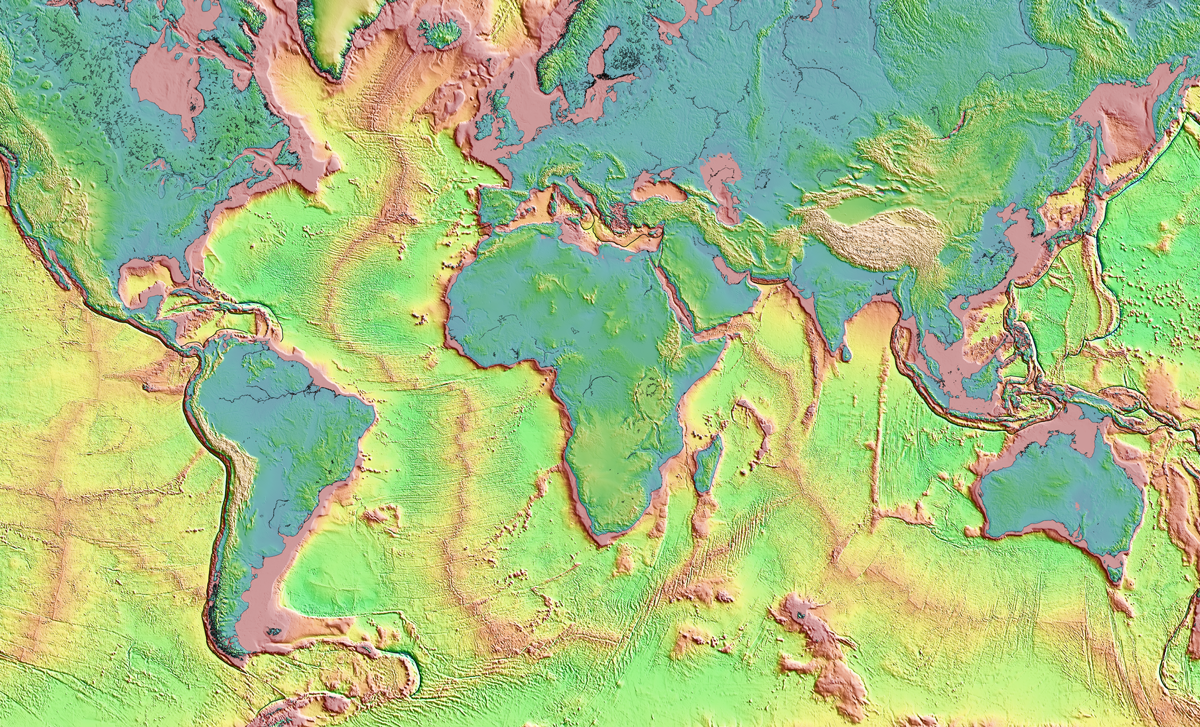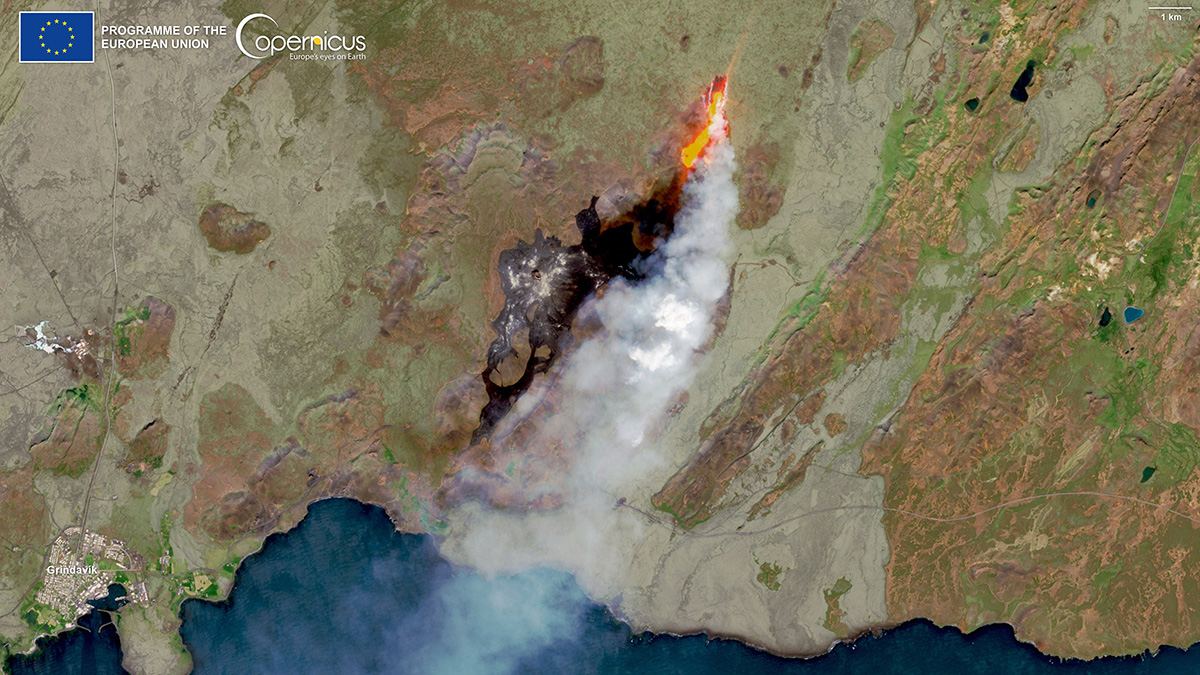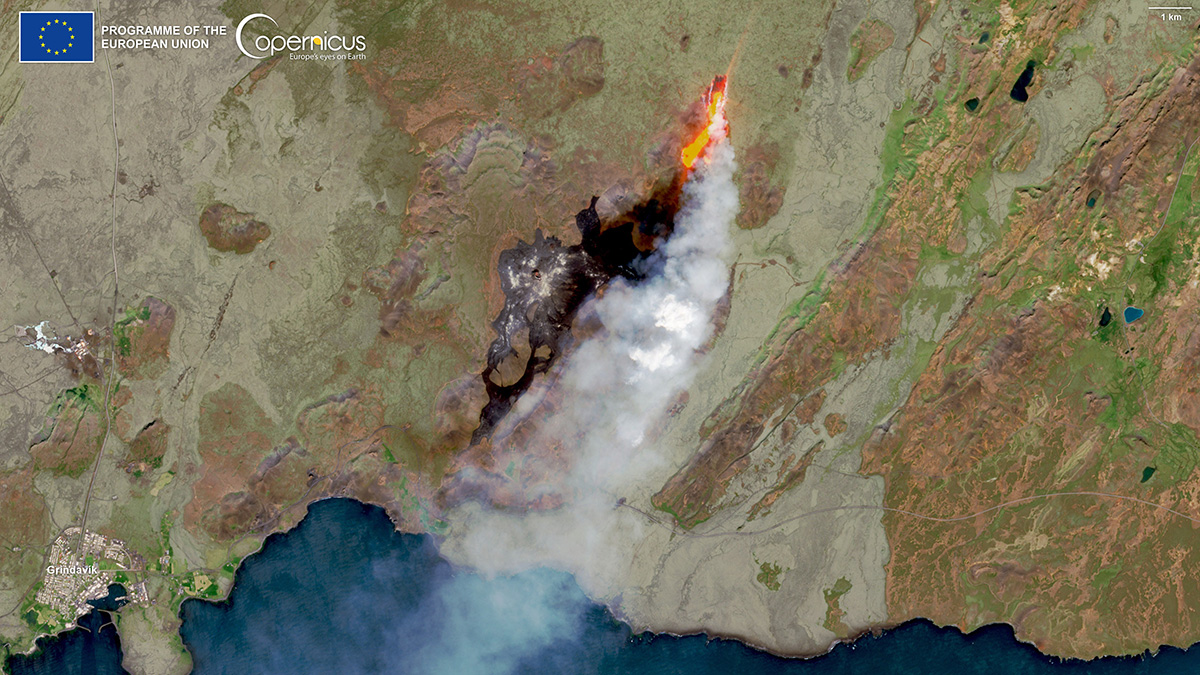Группа, изучающая российские ледники, нашла подтверждение тому, что извержение вулкана в южном Перу изменило климат планеты в начале 17го века.
volcanoes
Eclipse Records Pin Dates of 12th and 13th Century Eruptions
Ancient accounts of dark and blood-red moons help scientists peek at past eruptions and their effect on global climate.
Decoding an Ancient Tsunami from the Ground Up
The seafloor around Santorini is helping scientists investigate forces behind the devastating Minoan tsunami.
A New, Underground Atlas of Subduction Zones
Submap merges graphic design with geodynamics, providing a fast, free, and user-friendly resource to map subduction zones.
Rare Granite Body Discovered on Moon’s Farside
The granite couldn’t have formed the same way that it does on Earth—with liquid water and plate tectonics. So how did it get there?
Scientists Discover a Way of Forming Suspended Layers of Sediment
Laboratory experiments suggest that underwater gas eruptions—due to the venting of gas hydrates, for example—could trigger the formation of layers of suspended sediment in the ocean.
La tercera es la vencida para el Fagradalsfjall de Islandia
La región volcánica que hizo erupción en 2021 y 2022 después de más de 7 siglos de estar dormida, lo está haciendo de nuevo.
Jen Walton: Chaser of Storms and Lava
Walton founded Girls Who Chase to promote women in STEM.
Third Time’s the Charm for Iceland’s Fagradalsfjall
The volcanic region, which erupted in both 2021 and 2022 after more than 7 centuries of dormancy, is at it again.
How to Find a Volcanic Diamond Mine
New 3D modeling illustrates the mechanism behind the intriguing volcanic eruptions that bring diamonds to the surface.










